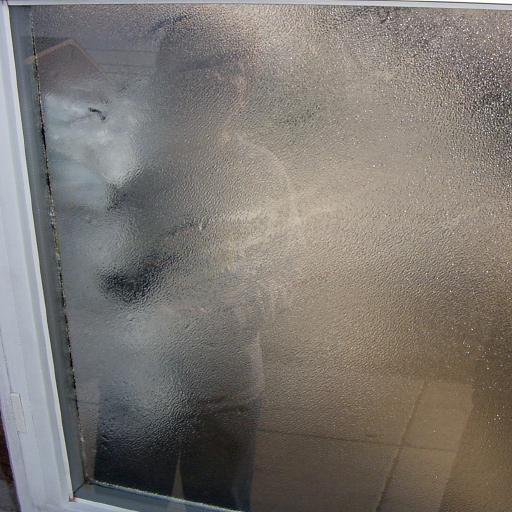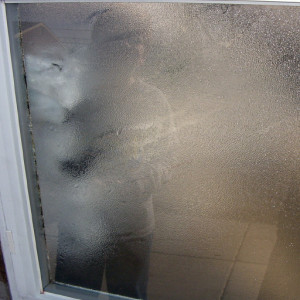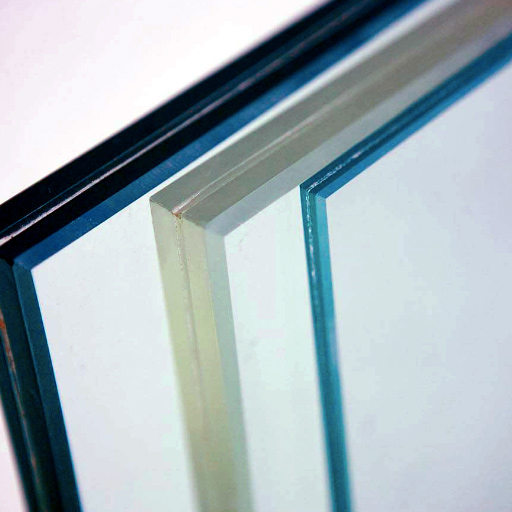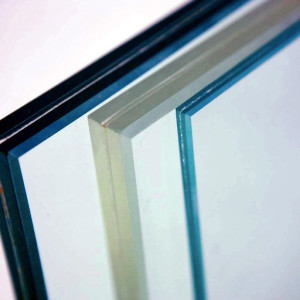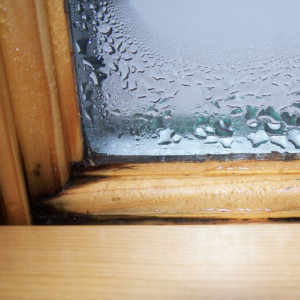 Many companies offer customers micro vent glass repair service called micro venting, which claims to clean the foggy, stained interior of a sealed glass window without glass replacement. Once consumers understand how insulated glass behaves, they wisely choose to replace the failed insulated glass. Micro vents are not true repairs. They merely mask the problem.
Many companies offer customers micro vent glass repair service called micro venting, which claims to clean the foggy, stained interior of a sealed glass window without glass replacement. Once consumers understand how insulated glass behaves, they wisely choose to replace the failed insulated glass. Micro vents are not true repairs. They merely mask the problem.
Companies that vent the glass will drill one or more holes through the double pane unit. The interior may be flooded with some type of solvent to remove any hard water stains and spots, and the fluid is drained. Then, micro vents are installed to allow the unit to “breath” through a process called “solar pumping” which permits the moisture that remains behind to be forced out each time the window expands. The assertion is made that because the vent is “one way” no moisture enters the insulated glass unit again.
Micro venting would be an effective foggy window repair IF there weren’t other routes for moisture to enter insulated glass.
Remember – prior to the installation of the vent, the seal was already damaged, and water had already entered the unit! Seal damage was the reason moisture was originally able to enter the window. Has venting the window somehow miraculously repaired that original damage? In a word: no.
Venting simply never addresses the original seal failure that drew moisture into your glass in the first place: a breach in the original seal. Further, the unit – no longer sealed – is constantly breathing ambient air during solar pumping, and therefore does not offer the energy saving insulating qualities of a true, sealed insulated glass window unit.






